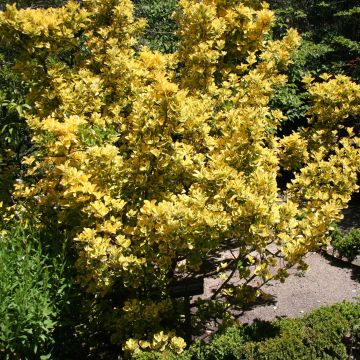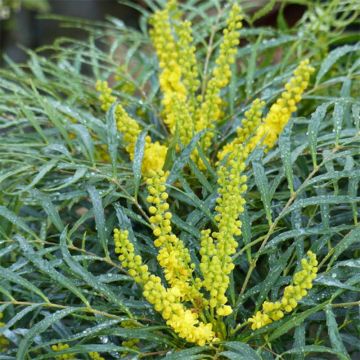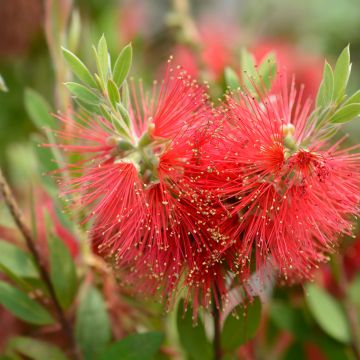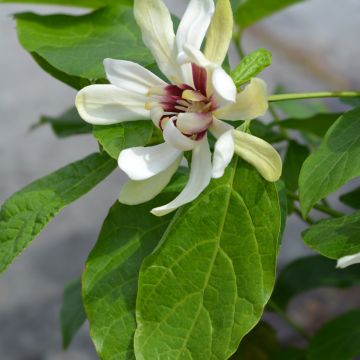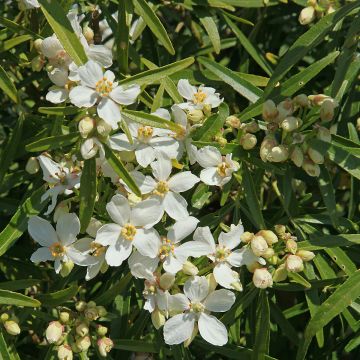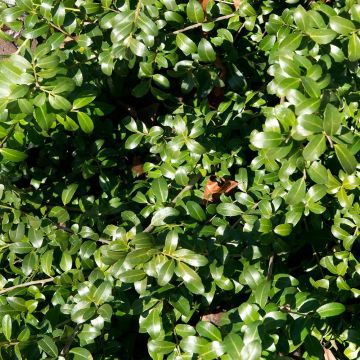

Forsythia intermedia Lynwood
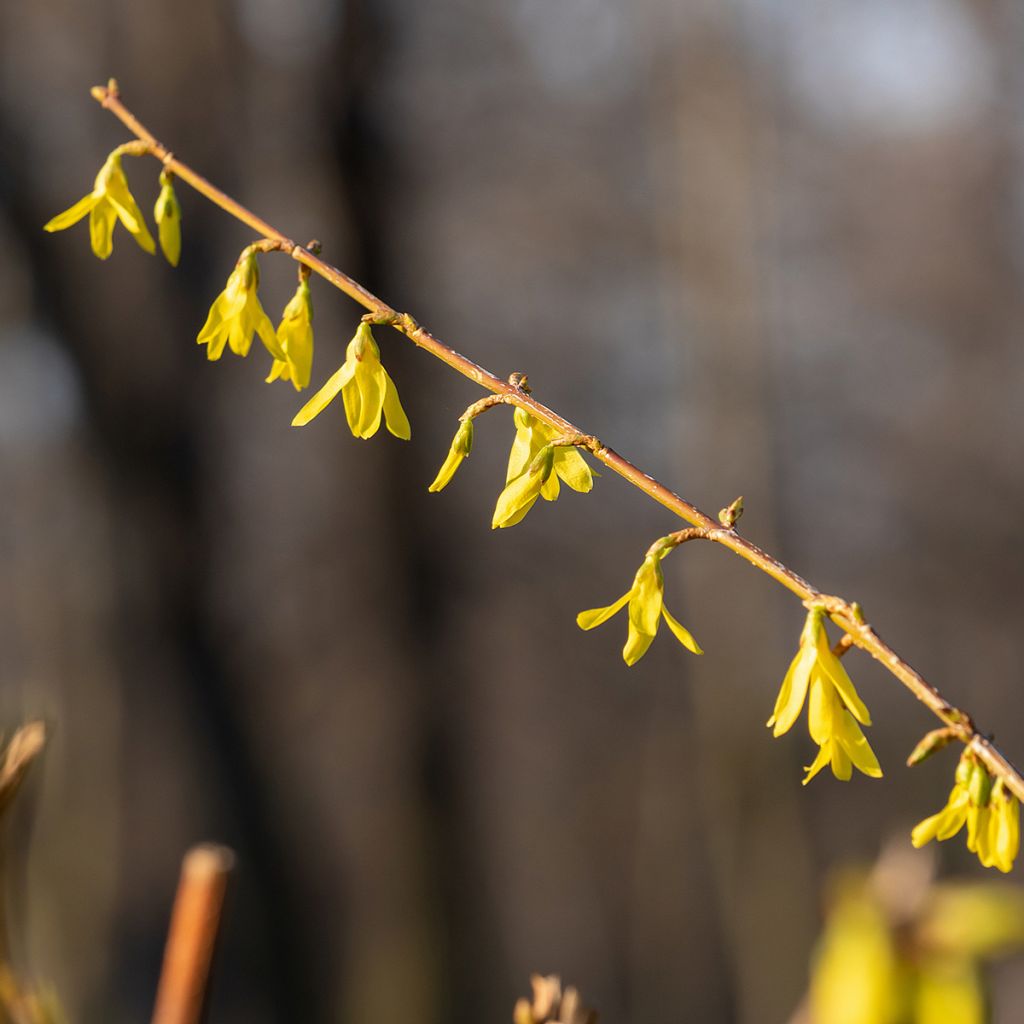

Forsythia intermedia Lynwood
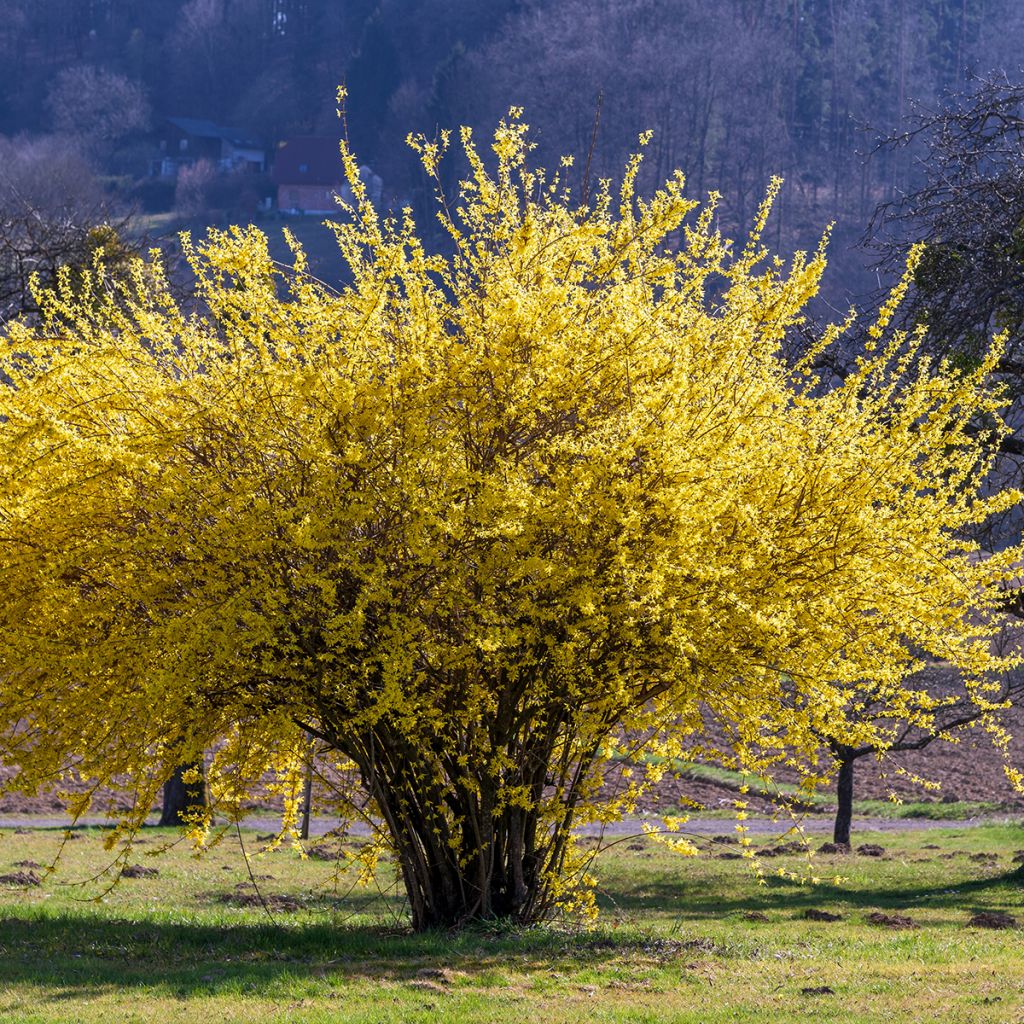

Forsythia intermedia Lynwood
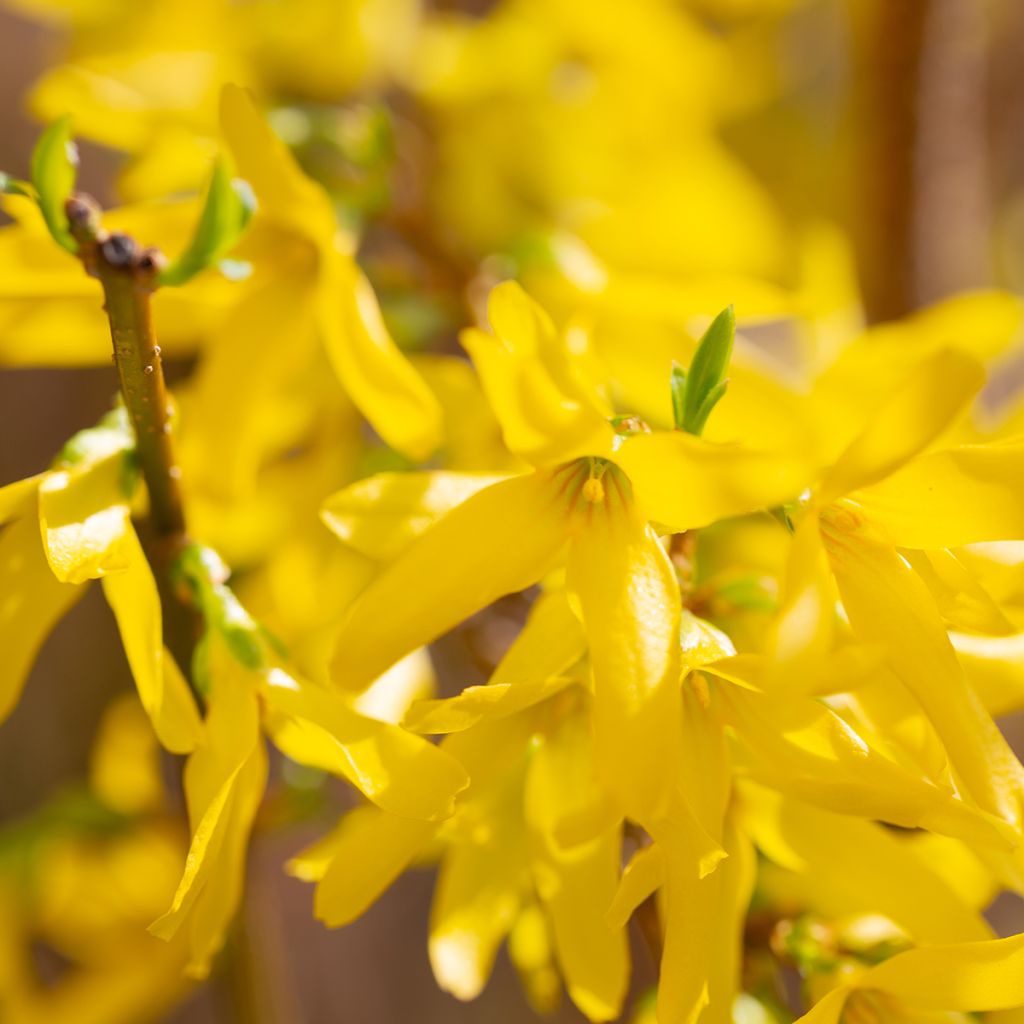

Forsythia intermedia Lynwood
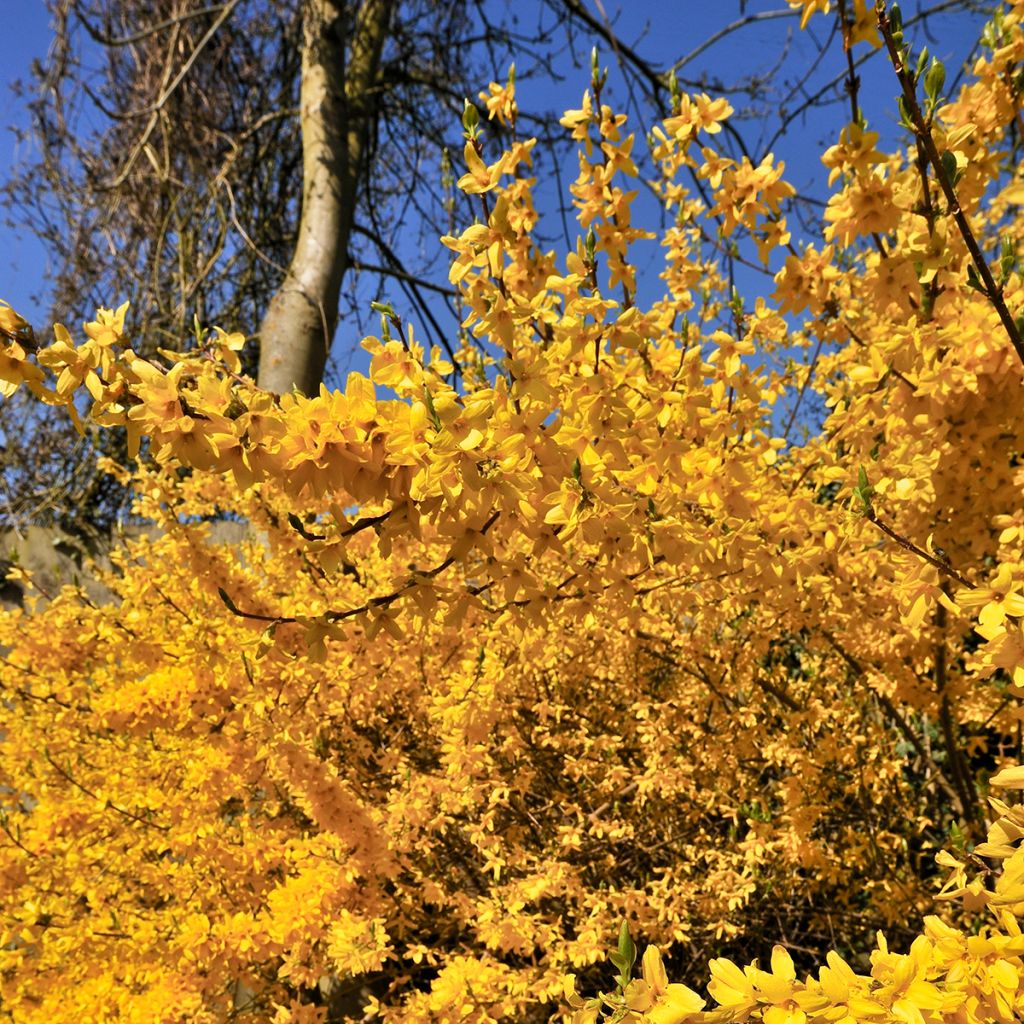

Forsythia intermedia Lynwood
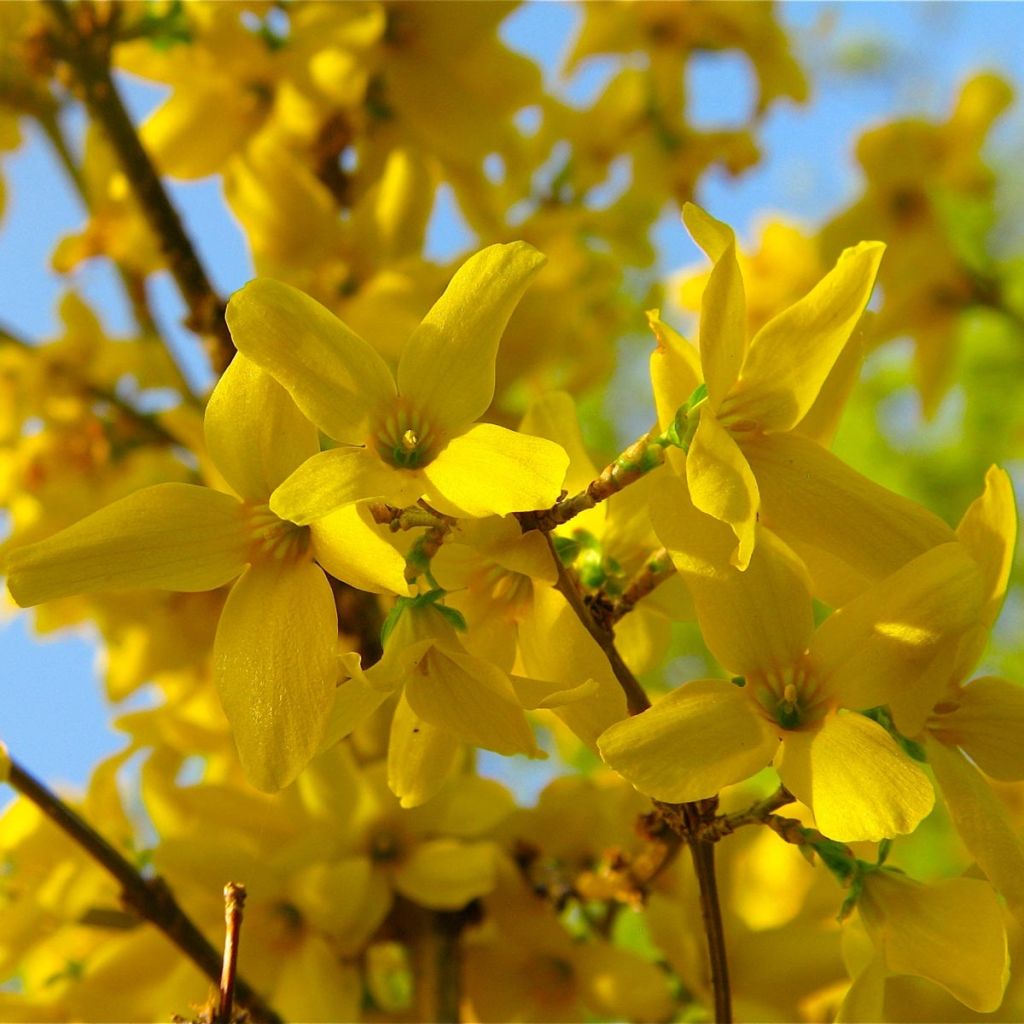

Forsythia intermedia Lynwood
Forsythia intermedia Lynwood
Forsythia x intermedia Lynwood
The roots are dry! I'm worried about the regrowth...
Pierrick, 24/03/2023
Special offer!
Receive a €20 voucher for any order over €90 (excluding delivery costs, credit notes, and plastic-free options)!
1- Add your favorite plants to your cart.
2- Once you have reached €90, confirm your order (you can even choose the delivery date!).
3- As soon as your order is shipped, you will receive an email containing your voucher code, valid for 3 months (90 days).
Your voucher is unique and can only be used once, for any order with a minimum value of €20, excluding delivery costs.
Can be combined with other current offers, non-divisible and non-refundable.
Home or relay delivery (depending on size and destination)
Schedule delivery date,
and select date in basket
This plant carries a 24 months recovery warranty
More information
We guarantee the quality of our plants for a full growing cycle, and will replace at our expense any plant that fails to recover under normal climatic and planting conditions.

Would this plant suit my garden?
Set up your Plantfit profile →
Description
Forsythia x intermedia 'Lynwood' is a popular variety known for its generous size and spectacular floribundity. It forms a deciduous bush of medium size with upright branches, covered from February with tight clusters of large, very bright yellow flowers. The oblong leaves, a dark green matte colour, appear later and are larger in this variety. In autumn, its leaves turn yellow with violet spots. Its exceptional vigour and fairly rapid growth make it perfect for creating beautiful hedges or planting at the back of winter beds in large gardens. Hardy and undemanding, it is a classic bush for our gardens and its cultivation is truly accessible to everyone, even gardening novices.
Forsythia x intermedia 'Lynwood' is a deciduous bush belonging to the Oleaceae family. It descends from a spontaneous hybrid resulting from two species native to China, Forsythia suspensa and F. viridissima. Forsythia is an easy-going bush that thrives in any well-drained soil, even clayey or calcareous, and a sunny to semi-shaded exposure. Its bright early flowering announces the arrival of spring.
It will reach an average size of 2.5 m (8.2 ft) in all directions, showing from the start an upright and dense habit. 'Lynwood' provides a true spring spectacle from February to March, before the appearance of its foliage. Its one-year-old and older branches are particularly floriferous: they are literally covered with numerous bell-shaped flowers measuring 4 cm (1.6 in) in diameter, grouped in tight clusters along the branches. Each flower has 4 petals and stamens of a bright and luminous yellow around a small red throat. Flowering is followed by the appearance of the foliage. The leaves of this variety are a dark green colour from spring to summer, before turning orange and violet in autumn. These are long pointed leaves measuring 10 cm to 12 cm (3.9 in to 4.7 in) in length, with dentate edges.
Forsythia x intermedia 'Lynwood' is perfectly hardy, low-maintenance and very easy to care for. It grows in any sufficiently deep soil and under most climates. This particularly ornamental variety suits gardens of all sizes. It can be planted in a large shrub bed or in a flowering hedge, along with Japanese quinces, Japanese kerrias, Cotinus (Cotinus coggygria 'Lilla'), or even with mahonias, lilacs, mock oranges, Berberis, and many others according to the tastes of each gardener. In early December, cut a branch or two and put them in a vase so they will bloom in time for Christmas.
Report an error about the product description
Forsythia intermedia Lynwood in pictures
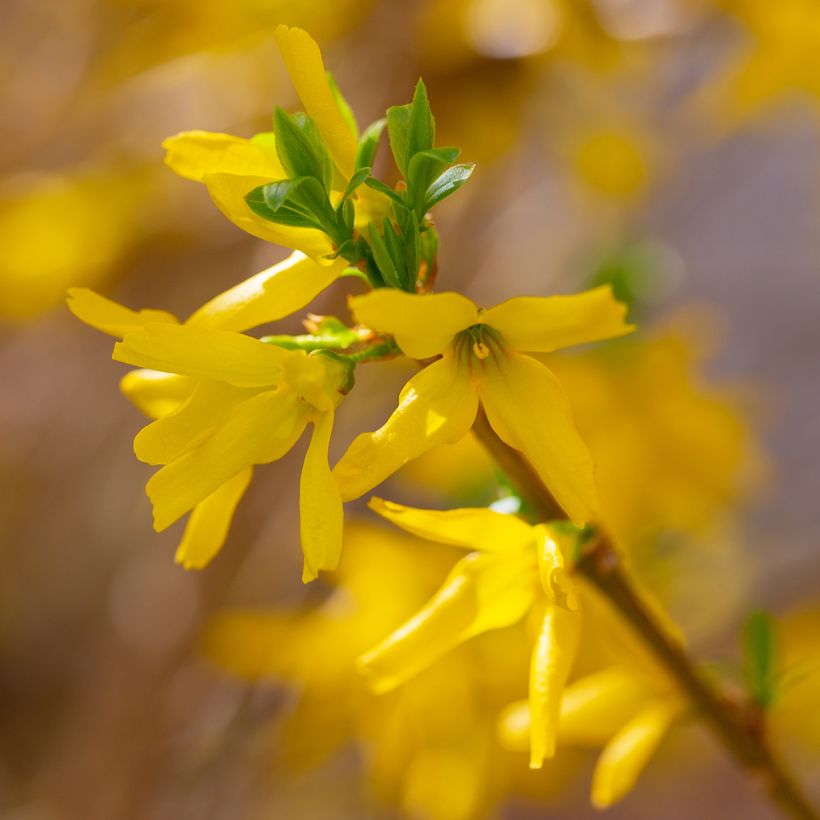

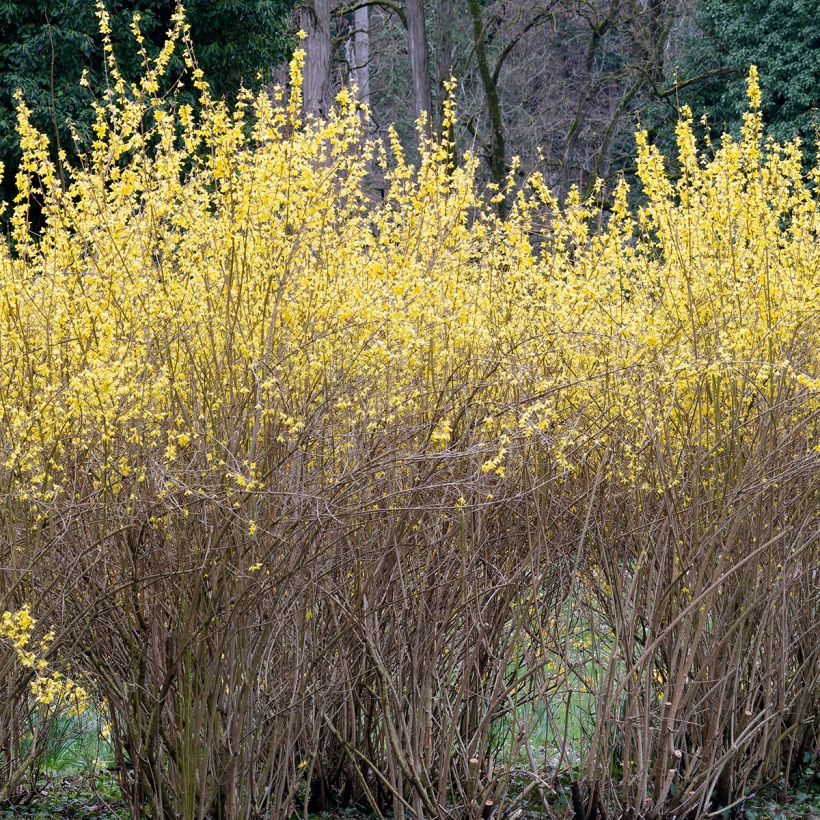

Plant habit
Flowering
Foliage
Botanical data
Forsythia
x intermedia
Lynwood
Oleaceae
Cultivar or hybrid
Planting and care
Forsythia intermedia 'Lynwood' enjoys a sunny exposure but tolerates partial shade (especially in hotter and sunnier regions). Place it in any ordinary soil, even clay or limestone, deep and loosened, enriched with compost at planting. After flowering, optionally remove half or two-thirds of the height of the flowering branches to rejuvenate the bush and ensure a quality flowering in the following spring. During the first 3 years, a simple prune of dead, weak or misplaced stems will be sufficient.
Planting period
Intended location
Care
-
, onOrder confirmed
Reply from on Promesse de fleurs
Similar products
Haven't found what you were looking for?
Hardiness is the lowest winter temperature a plant can endure without suffering serious damage or even dying. However, hardiness is affected by location (a sheltered area, such as a patio), protection (winter cover) and soil type (hardiness is improved by well-drained soil).

Photo Sharing Terms & Conditions
In order to encourage gardeners to interact and share their experiences, Promesse de fleurs offers various media enabling content to be uploaded onto its Site - in particular via the ‘Photo sharing’ module.
The User agrees to refrain from:
- Posting any content that is illegal, prejudicial, insulting, racist, inciteful to hatred, revisionist, contrary to public decency, that infringes on privacy or on the privacy rights of third parties, in particular the publicity rights of persons and goods, intellectual property rights, or the right to privacy.
- Submitting content on behalf of a third party;
- Impersonate the identity of a third party and/or publish any personal information about a third party;
In general, the User undertakes to refrain from any unethical behaviour.
All Content (in particular text, comments, files, images, photos, videos, creative works, etc.), which may be subject to property or intellectual property rights, image or other private rights, shall remain the property of the User, subject to the limited rights granted by the terms of the licence granted by Promesse de fleurs as stated below. Users are at liberty to publish or not to publish such Content on the Site, notably via the ‘Photo Sharing’ facility, and accept that this Content shall be made public and freely accessible, notably on the Internet.
Users further acknowledge, undertake to have ,and guarantee that they hold all necessary rights and permissions to publish such material on the Site, in particular with regard to the legislation in force pertaining to any privacy, property, intellectual property, image, or contractual rights, or rights of any other nature. By publishing such Content on the Site, Users acknowledge accepting full liability as publishers of the Content within the meaning of the law, and grant Promesse de fleurs, free of charge, an inclusive, worldwide licence for the said Content for the entire duration of its publication, including all reproduction, representation, up/downloading, displaying, performing, transmission, and storage rights.
Users also grant permission for their name to be linked to the Content and accept that this link may not always be made available.
By engaging in posting material, Users consent to their Content becoming automatically accessible on the Internet, in particular on other sites and/or blogs and/or web pages of the Promesse de fleurs site, including in particular social pages and the Promesse de fleurs catalogue.
Users may secure the removal of entrusted content free of charge by issuing a simple request via our contact form.
The flowering period indicated on our website applies to countries and regions located in USDA zone 8 (France, the United Kingdom, Ireland, the Netherlands, etc.)
It will vary according to where you live:
- In zones 9 to 10 (Italy, Spain, Greece, etc.), flowering will occur about 2 to 4 weeks earlier.
- In zones 6 to 7 (Germany, Poland, Slovenia, and lower mountainous regions), flowering will be delayed by 2 to 3 weeks.
- In zone 5 (Central Europe, Scandinavia), blooming will be delayed by 3 to 5 weeks.
In temperate climates, pruning of spring-flowering shrubs (forsythia, spireas, etc.) should be done just after flowering.
Pruning of summer-flowering shrubs (Indian Lilac, Perovskia, etc.) can be done in winter or spring.
In cold regions as well as with frost-sensitive plants, avoid pruning too early when severe frosts may still occur.
The planting period indicated on our website applies to countries and regions located in USDA zone 8 (France, United Kingdom, Ireland, Netherlands).
It will vary according to where you live:
- In Mediterranean zones (Marseille, Madrid, Milan, etc.), autumn and winter are the best planting periods.
- In continental zones (Strasbourg, Munich, Vienna, etc.), delay planting by 2 to 3 weeks in spring and bring it forward by 2 to 4 weeks in autumn.
- In mountainous regions (the Alps, Pyrenees, Carpathians, etc.), it is best to plant in late spring (May-June) or late summer (August-September).
The harvesting period indicated on our website applies to countries and regions in USDA zone 8 (France, England, Ireland, the Netherlands).
In colder areas (Scandinavia, Poland, Austria...) fruit and vegetable harvests are likely to be delayed by 3-4 weeks.
In warmer areas (Italy, Spain, Greece, etc.), harvesting will probably take place earlier, depending on weather conditions.
The sowing periods indicated on our website apply to countries and regions within USDA Zone 8 (France, UK, Ireland, Netherlands).
In colder areas (Scandinavia, Poland, Austria...), delay any outdoor sowing by 3-4 weeks, or sow under glass.
In warmer climes (Italy, Spain, Greece, etc.), bring outdoor sowing forward by a few weeks.

































